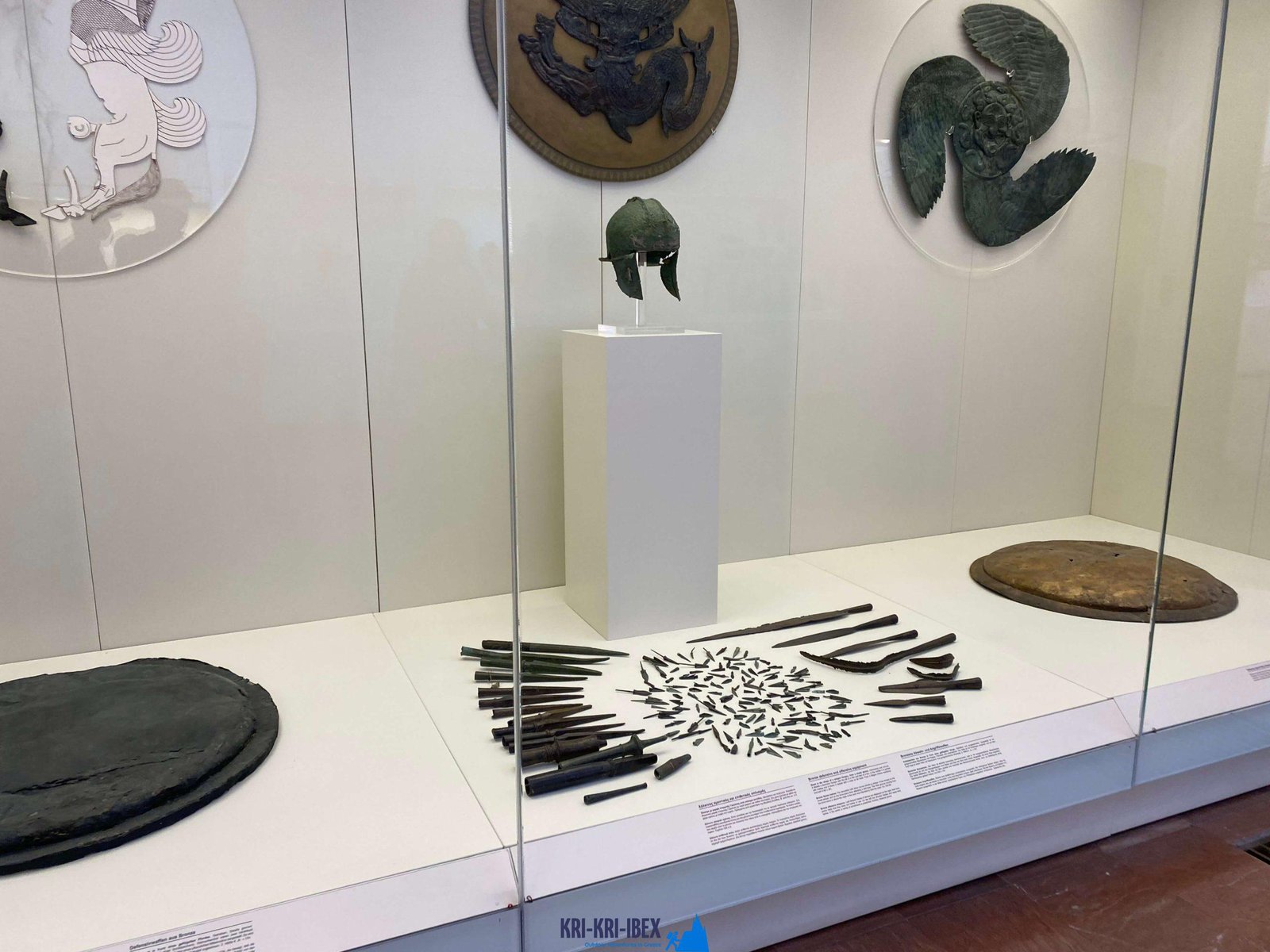Kri kri hunt for trophy animals in Greece
Kri kri hunt for trophy animals in Greece
Blog Article

They claim that the Peloponnese peninsula is the "actual" Greece. As well as we claim, if you're seeking an unforgettable journey, our searching as well as touring Peloponnese scenic tour from Methoni is the excellent means to experience all that this gorgeous nation has to supply.

Because it is not set, the number of Ibexes rises and fall with the populace. The Ibexes of the Cretan Ibex reproduce Kri-Kri is the tiniest ibex in terms of body weight, however not horn size (Capra Aegagrus Cretica). A few samplings that went uncounted determined 115 centimeters (45 inches). The gold prize is 61 cm (24 inches) long. The Kri-Kri ibex is pursued in Greece at this time. Hunting is readily available on Atalanti as well as Sapientza. Hunting is allowed on Atalanti from the recently of October to the first week of December. Searching is permitted on Sapientza for the whole month of November, depending upon climate condition.
On our Peloponnese excursions, you'll reach experience all that this fantastic area has to use. We'll take you on an excursion of some of one of the most attractive as well as historic websites in all of Greece, including ancient damages, castles, and more. You'll additionally get to experience a few of the standard Greek culture firsthand by appreciating some of the delicious food and a glass of wine that the area is recognized for. And also obviously, no trip to Peloponnese would be complete without a dip in the shimmering Mediterranean Sea! Whether you're a skilled seeker trying to find a new vacationer or a brand-new journey just aiming to explore Greece's stunning landscape, our Peloponnese tours are best for you. So what are you awaiting? Book your journey today!
Look no additionally than the Sapientza island in Greece if you are looking for Kri Kri ibex search and memorable vacation location. With its magnificent all-natural elegance, tasty food, as well as abundant culture, you will certainly not be disappointed. Book one of our hunting and also visiting Peloponnese Tours from Methoni today, dot forget your trophy Kri Kri ibex!
What is the diference between Kri Kri ibex, Bezoar ibex and hybrid ibex
The kri-kri is not thought to be indigenous to Crete, most likely having been imported to the island during the time of the Minoan civilization. Nevertheless, it is found nowhere else and is therefore endemic to Crete. It was common throughout the Aegean but the peaks of the 8,000 ft (2,400 m) White Mountains of Western Crete are their last strongholds–particularly a series of almost vertical 3,000 ft (900 m) cliffs called ‘the Untrodden’—at the head of the Samaria Gorge. This mountain range, which hosts another 14 endemic animal species, is protected as a UNESCO Biosphere Reserve. In total, their range extends to the White Mountains, the Samaria National Forest and the islets of Dia, Thodorou, and Agii Pandes.
This Ibex is NOT a diminutive form of the Bezoar Ibex, which has migrated into the western-most reach of the range of this species. The kri – kri (Capra aegagrus cretica), sometimes called the Cretan goat, Agrimi, or Cretan Ibex, is a feral goat inhabiting the Eastern Mediterranean, previously considered a subspecies of wild goat. The kri-kri has a light brownish coat with a darker band around its neck. It has two horns that sweep back from the head. In the wild they are shy and avoid tourists, resting during the day. The animal can leap some distance or climb seemingly sheer cliffs.
“The agrimi goat Capra aegagrus cretica is unique to Crete and its offshore islands. It has been identi®ed as a sub-species of the wild bezoar goat Capra aegagrus aegagrus Erxleben, 1777, which it closely resembles in horn shape, body form and coloration. This classi®cation has been disputed by some researchers who claim that the agrimi are feral goats, derived from early domestic stock brought to the island by the ®rst Neolithic settlers. In order to clarify this issue, DNA analyses (cytochrome b and D loop sequences) were carried out on tissue of live and skeletonized agrimi and compared to sequences of wild and domestic caprines. Results conclusively show the agrimi to be a feral animal, that clades with domestic goats (Capra hircus) rather than with wild Asiatic bezoar. This study demonstrates that morphometric criteria do not necessarily re¯ect genetic af®nities, and that the taxonomic classi®cation of agrimi should be revised.”
Report this page